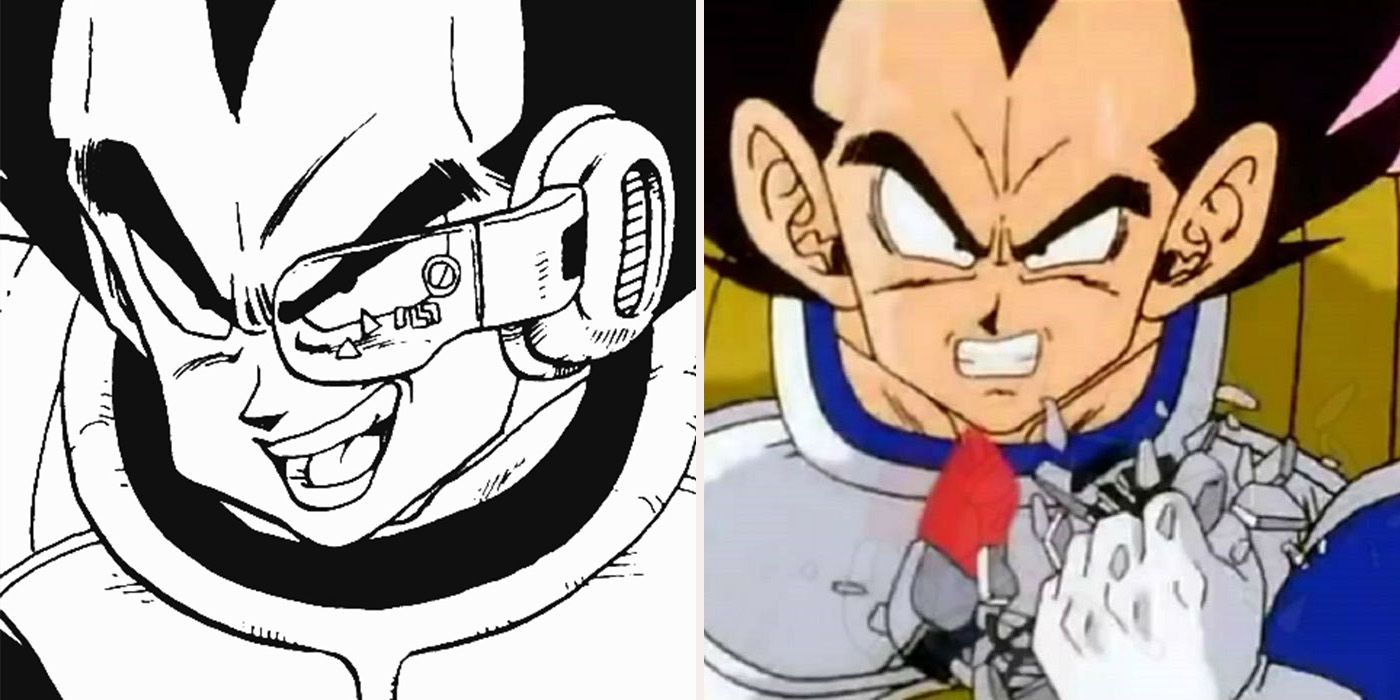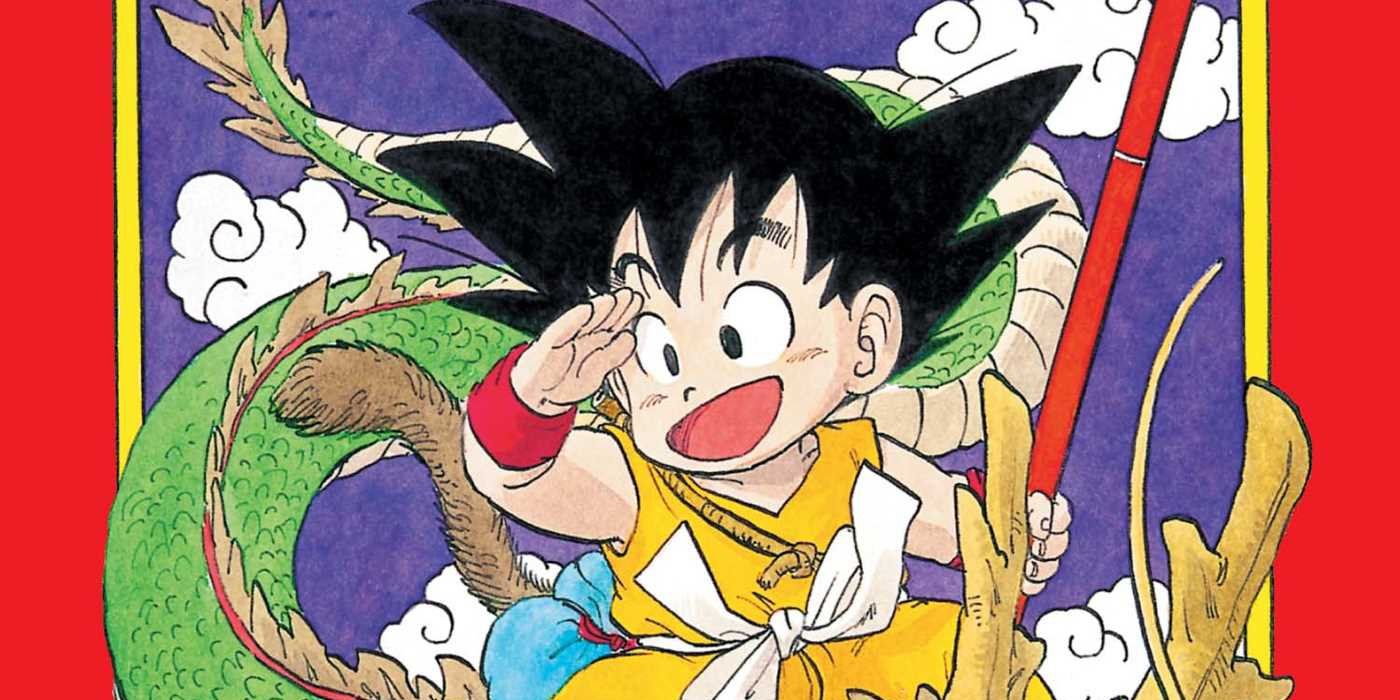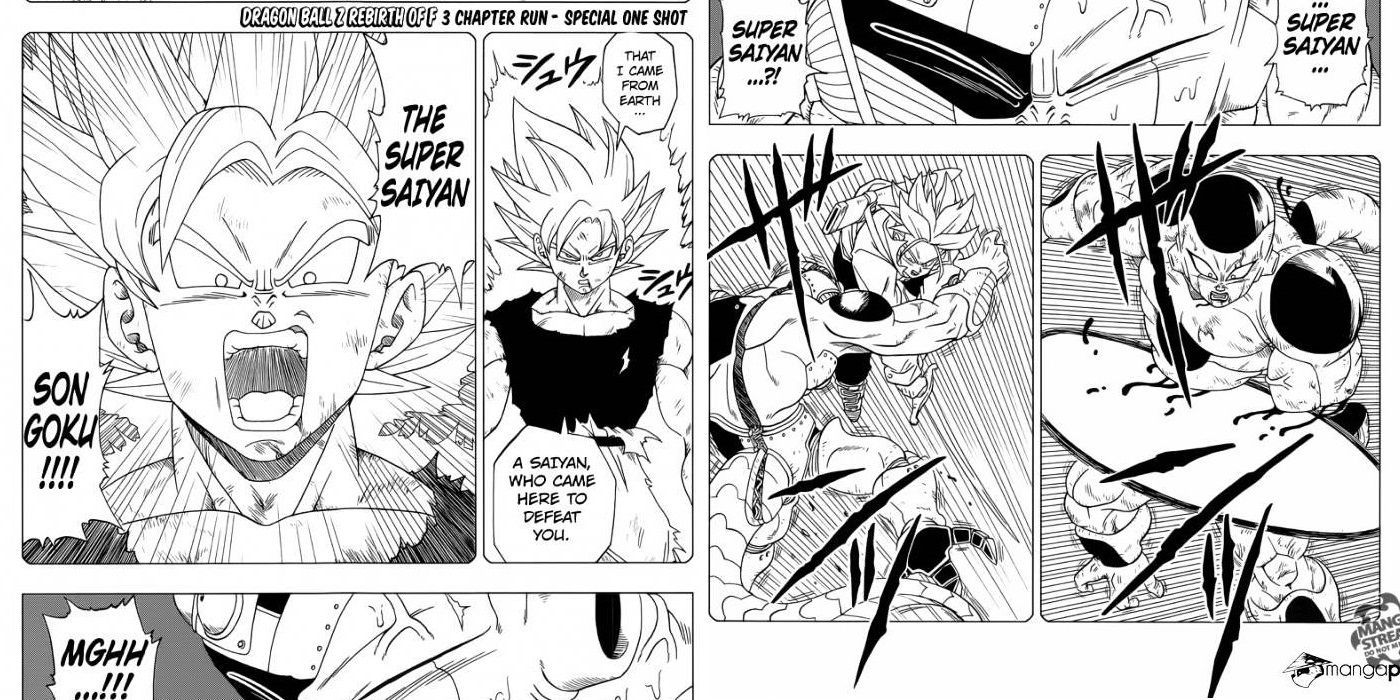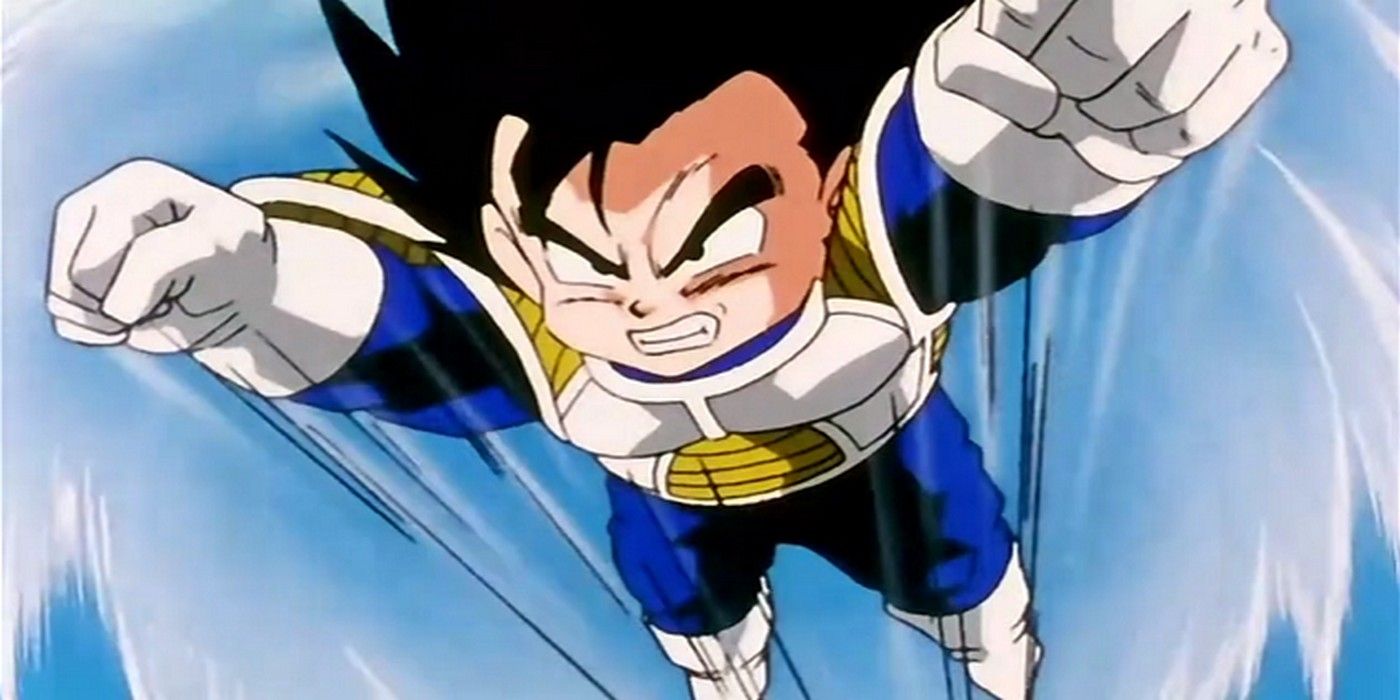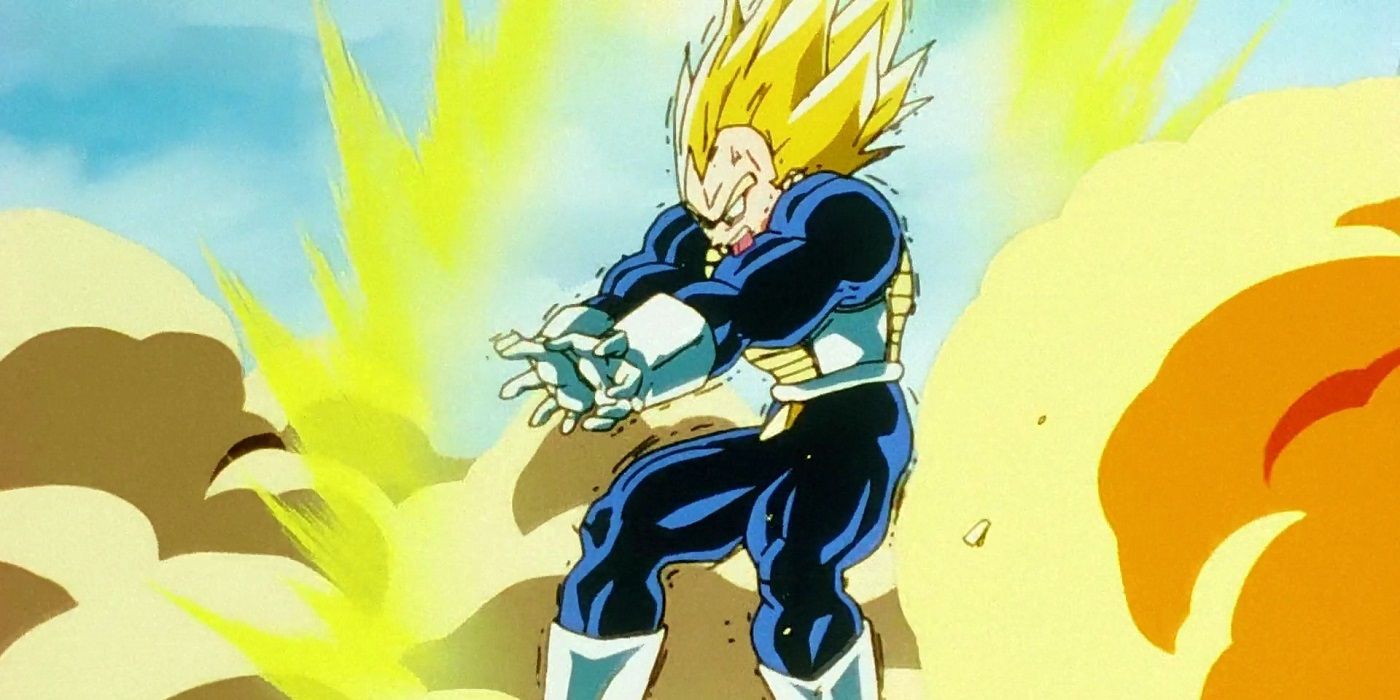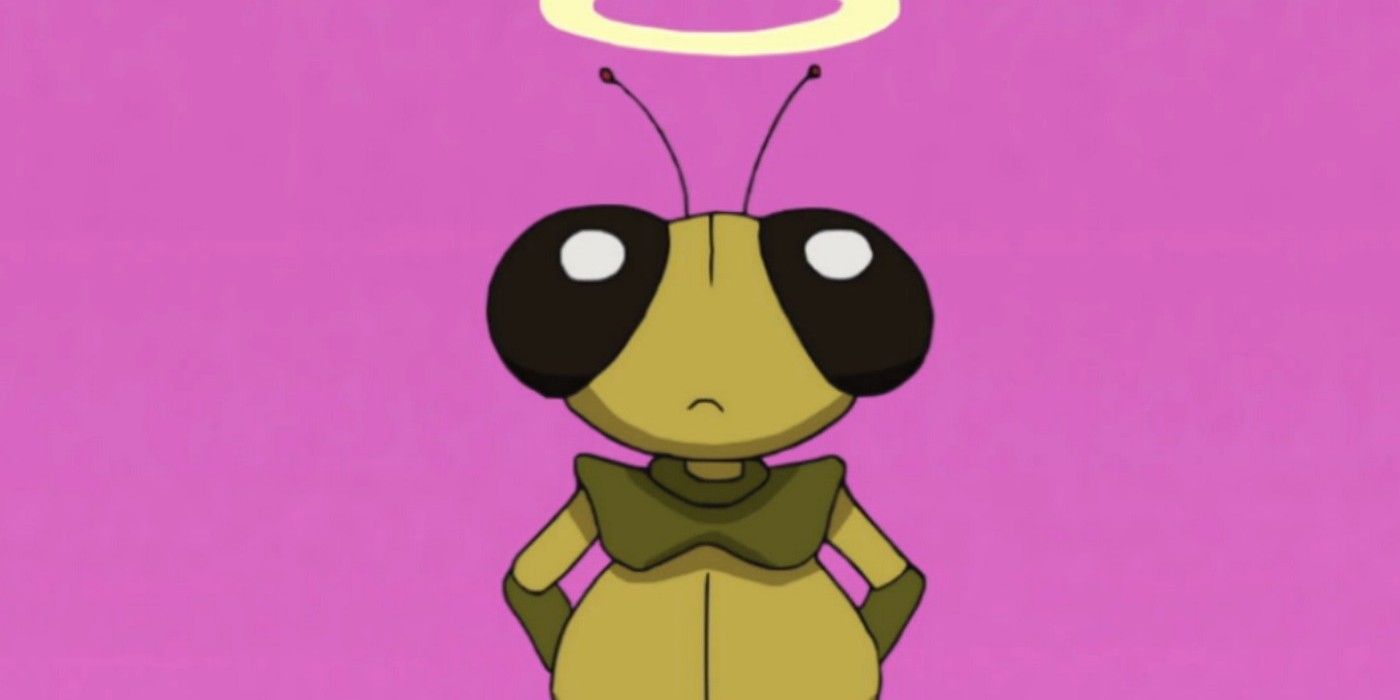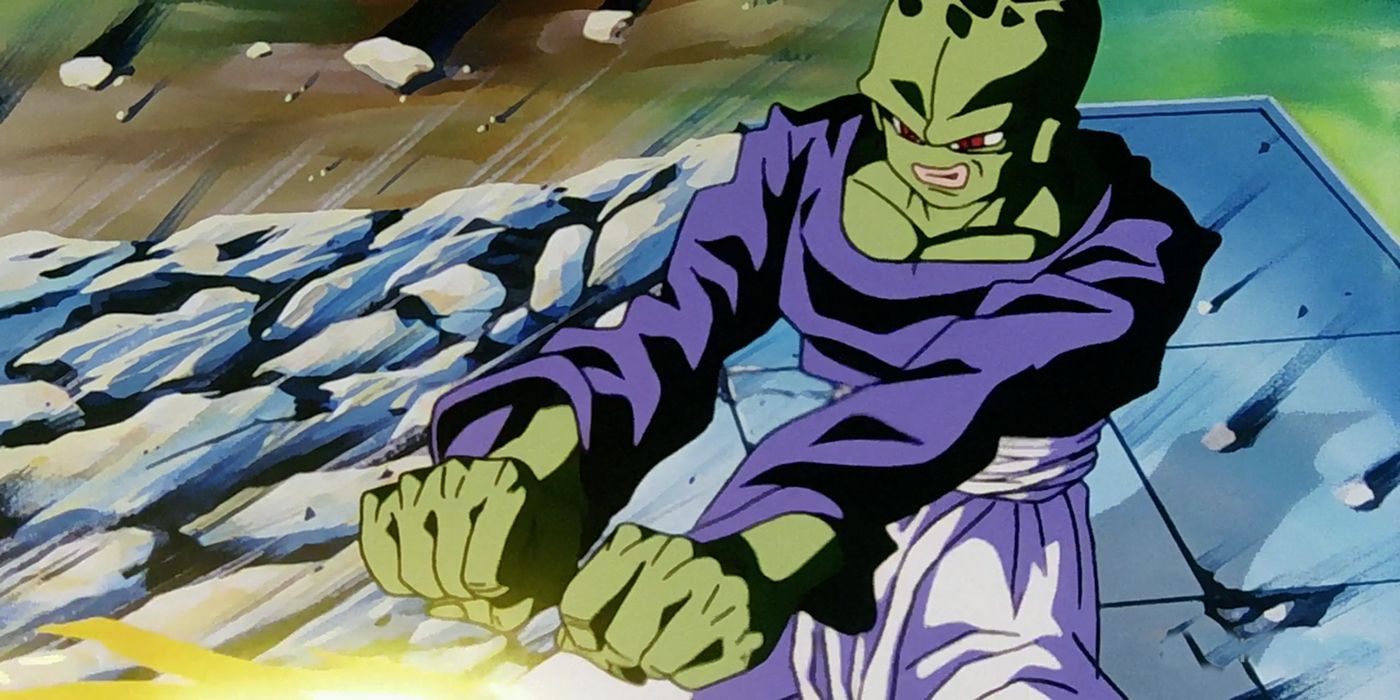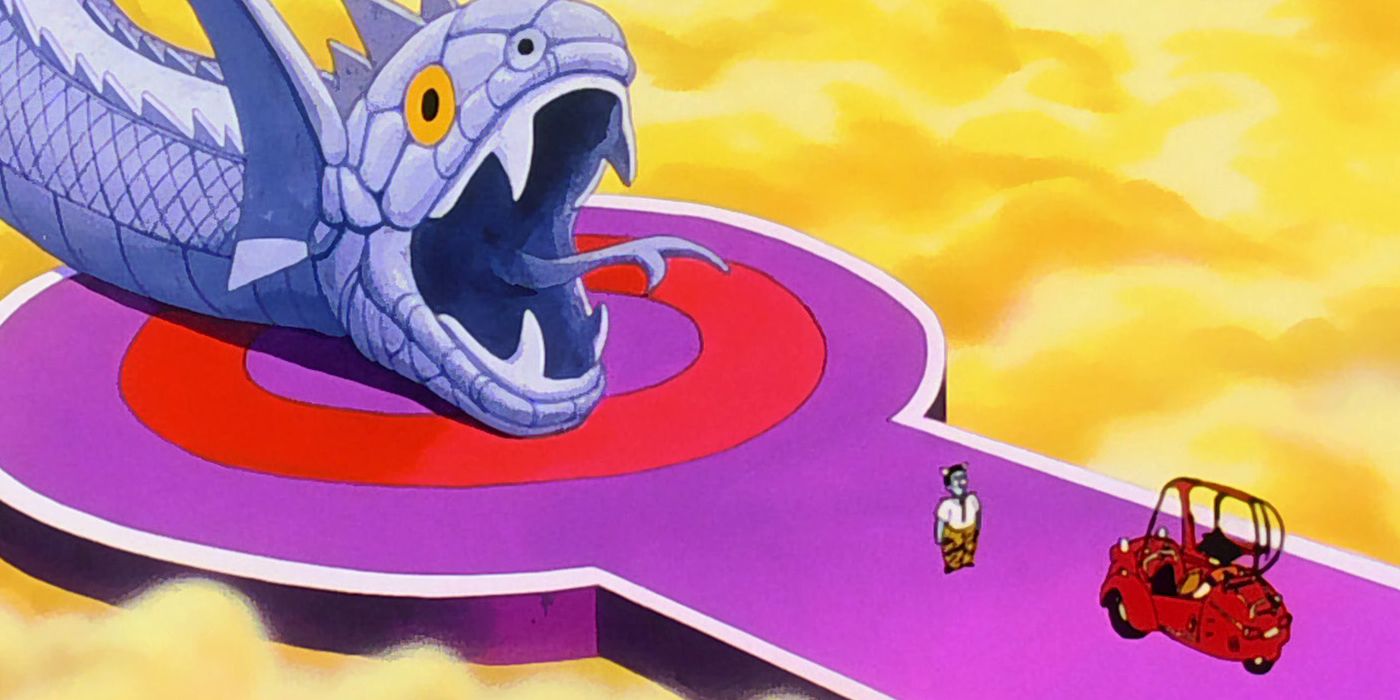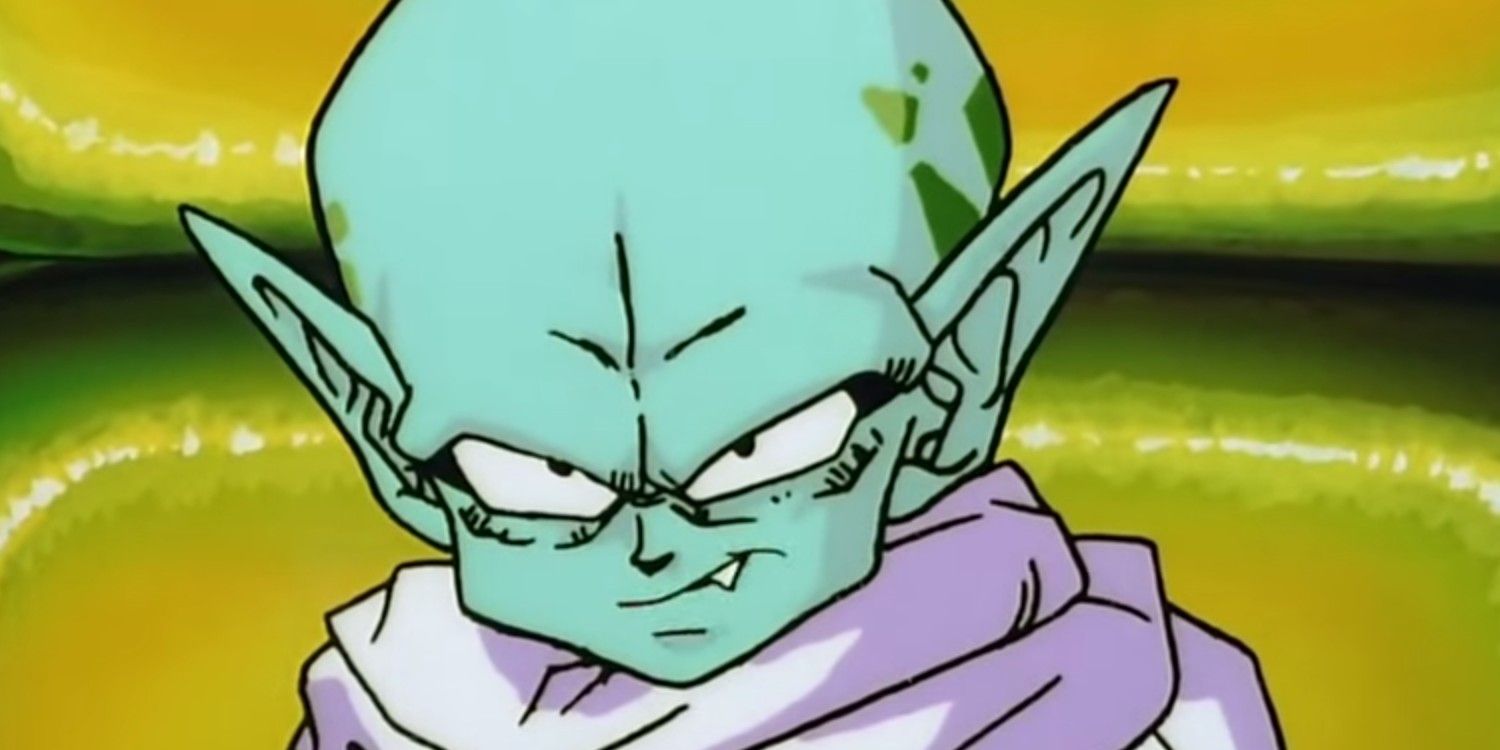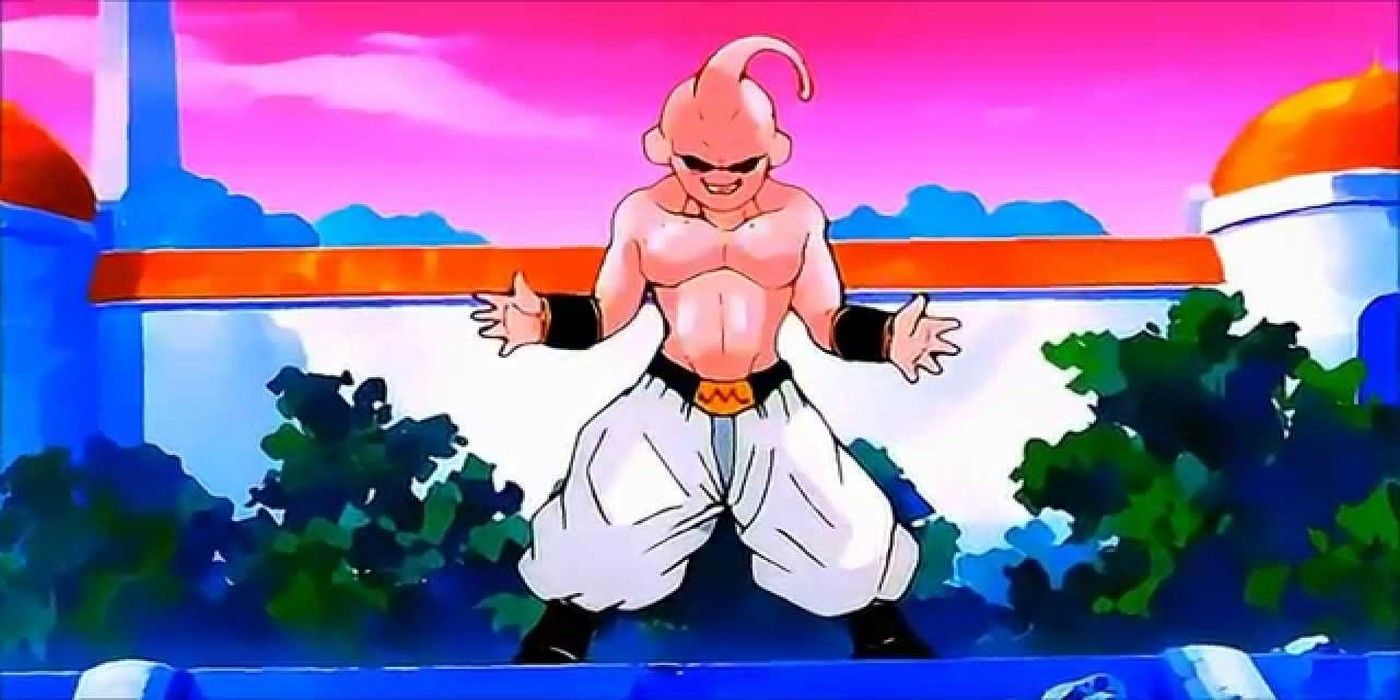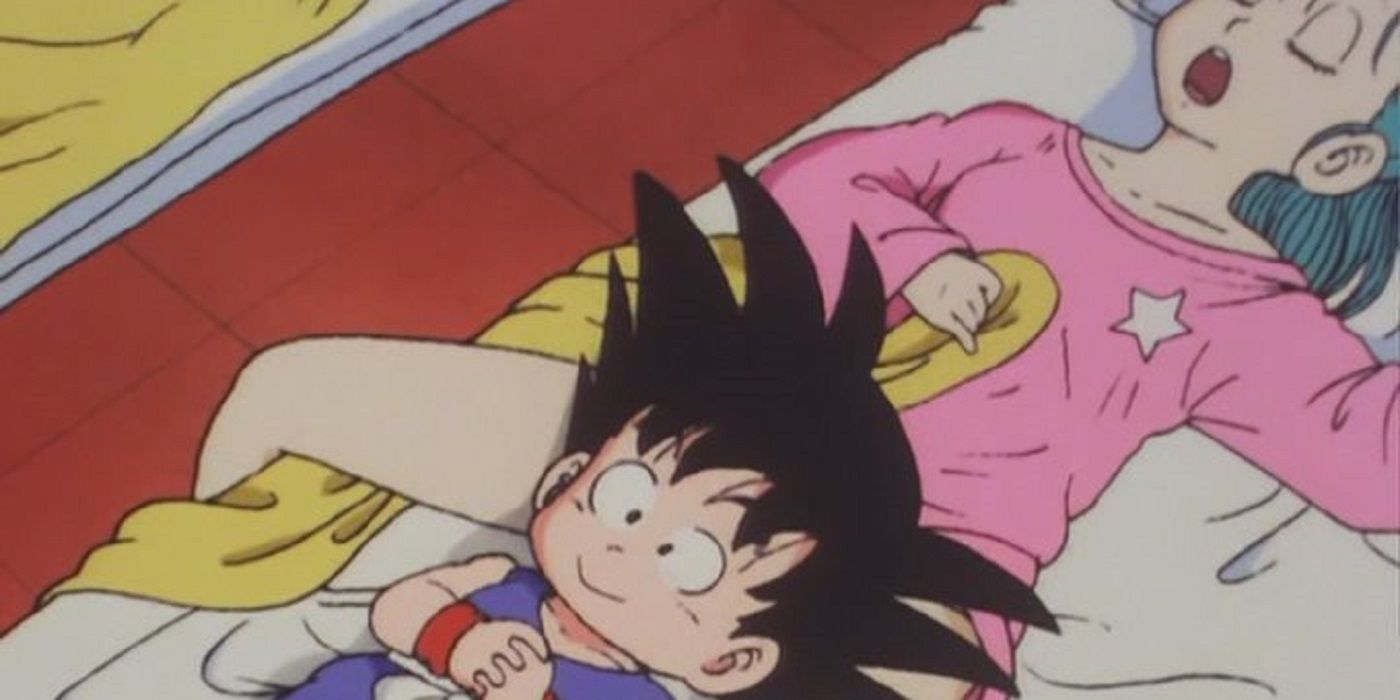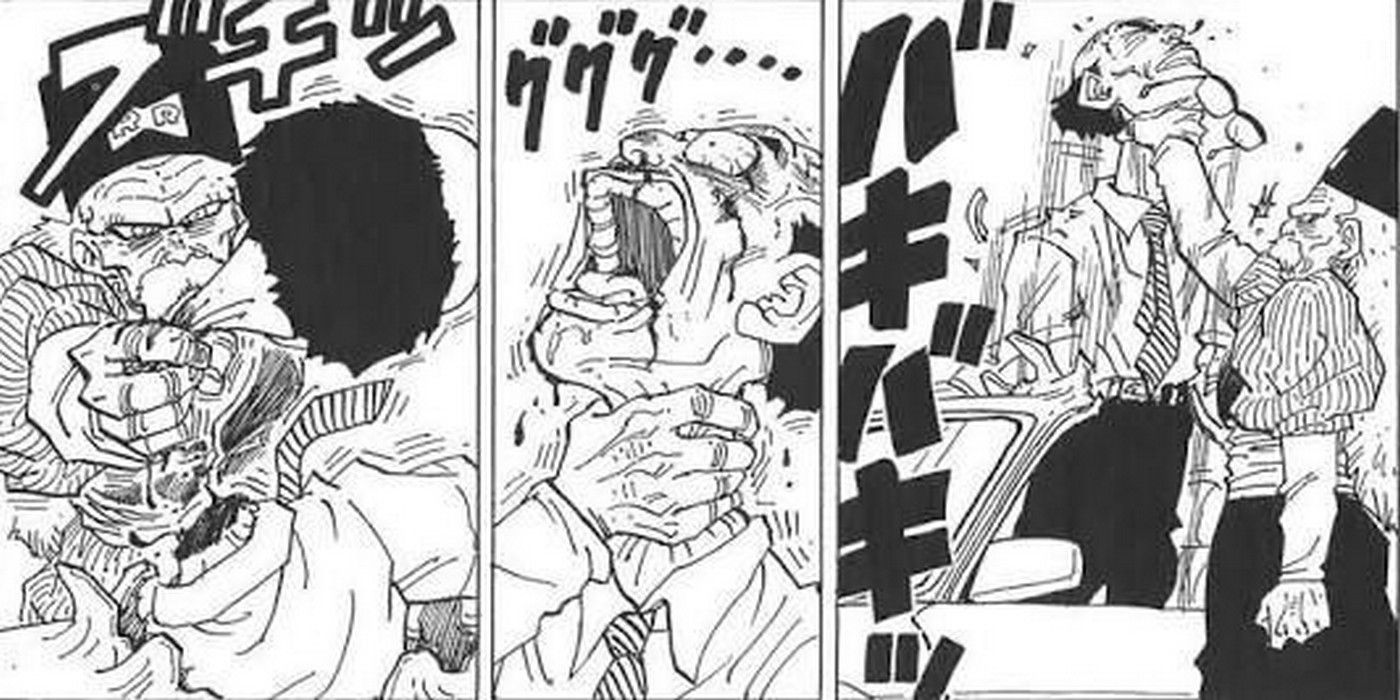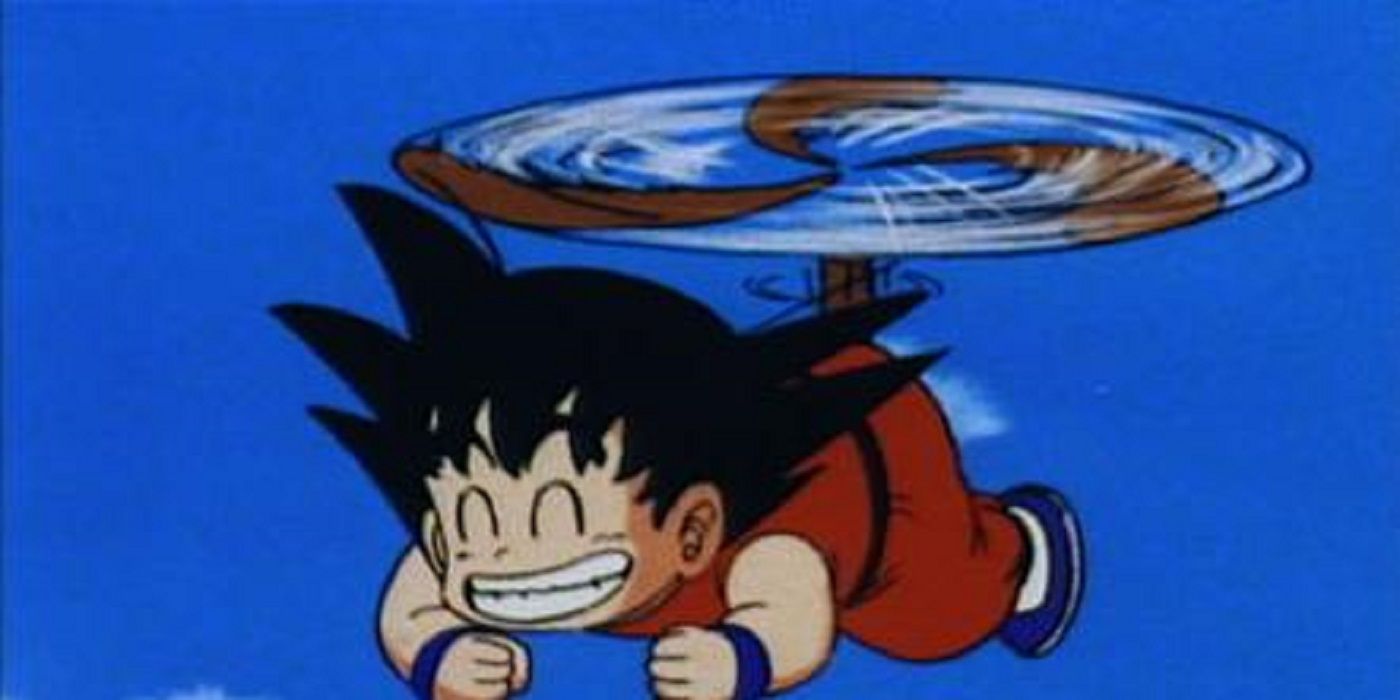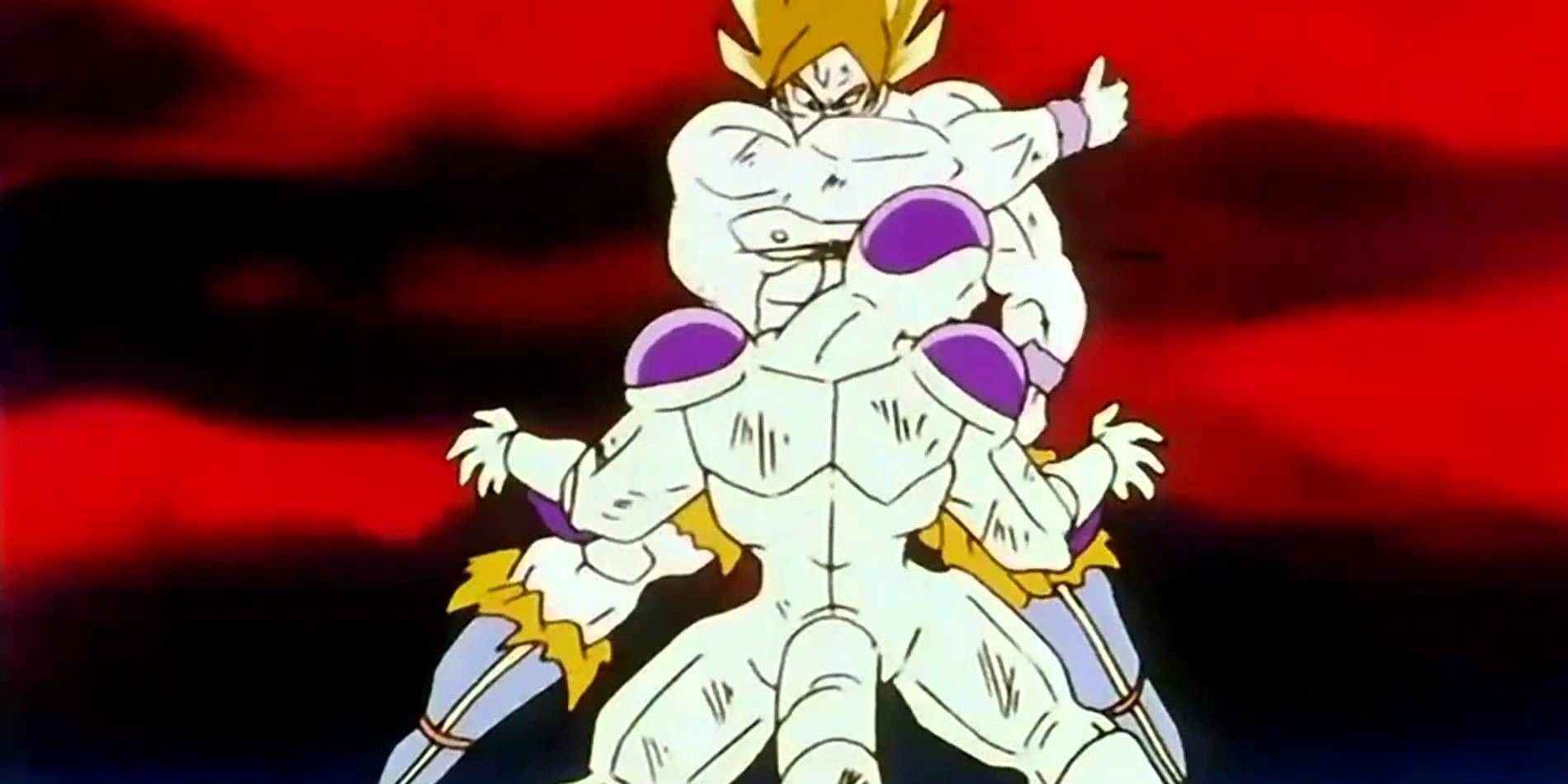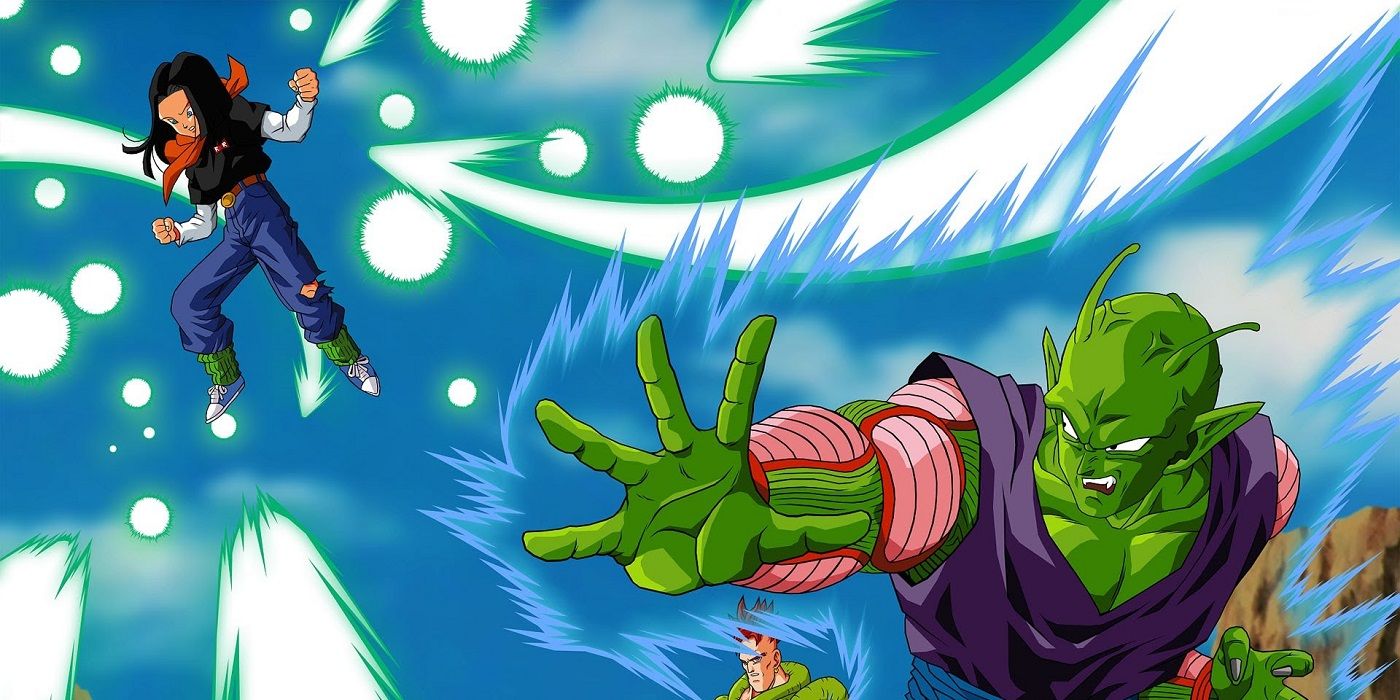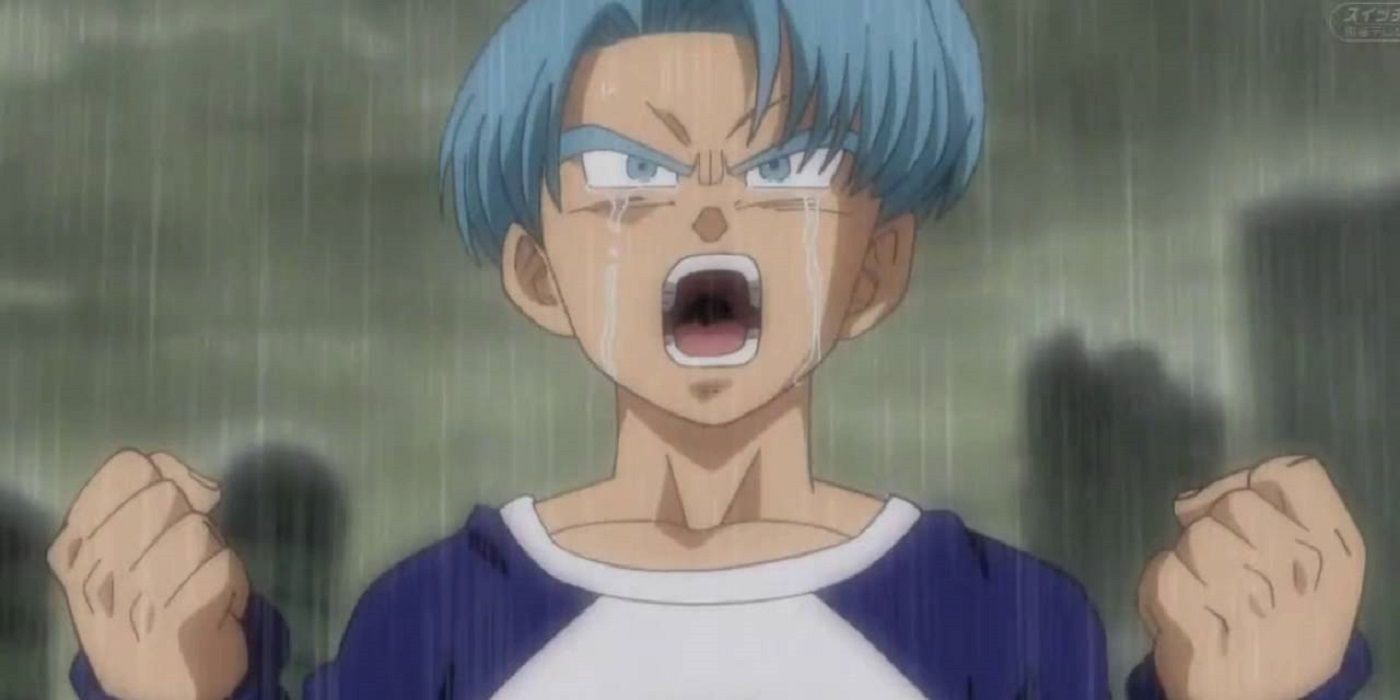The Dragon Ball Z anime might be the franchise’s most popular medium in the West and Europe, but the show is entirely based on the Dragon Ball manga series by Akira Toriyama. Unlike many American comic-to-screen adaptations, the Dragon Ball Z anime follows its source material very closely and often includes identical renderings of certain key moments and panels from the manga.
Despite this, there are a number of significant discrepancies between Toriyama’s original work and its anime adaptation, some concerning the story, some the character designs and others the format in which the Dragon Ball narrative is presented. Taking all of these differences into consideration, this list chronicles the most sizeable alterations between the franchise’s two mediums. Here are the 15 Biggest Differences Between The Dragon Ball Z Manga And Anime!
15. The Manga Is Black And White
Kicking things off with an entry that will seem obvious to manga aficionados but can confound those who have never picked up a Japanese comic book before: the entire Dragon Ball manga series is published in black and white. Whereas many Western comics (particularly of the Marvel and DC variety) are now printed in full, glorious color, the majority of manga series in Japan are still released in black and white.
Although it can take a while for first time readers to adjust to the lack of color, it’s something that quickly becomes unimportant and doesn’t hinder the enjoyment of the series in any way. Additionally, recent years have seen color versions of the manga put into production.
Adapting a black and white manga to full-color anime has, however, led to some minor disagreements over whether the designs in the show represent Akira Toriyama’s original intentions for each character’s appearance. For instance, some believe that Chi-Chi’s hair color was actually supposed to be blue like Bulma’s, thanks to a one-off drawing by Toriyama.
14. Gohan Returns To Fight Frieza
Goku turning into a Super Saiyan during his battle with Frieza is arguably the greatest moment in the franchise but there are several differences between the manga version of this bout and its anime counterpart. One such discrepancy is that after Goku transforms, he is briefly bested by Frieza who ploughs him deep underground for a short time.
As a result, Gohan is unable to sense his father’s energy and in the appropriately titled episode ‘Gohan Returns,’ the youngster rushes back in order to help out his old man. This scene only occurs in the anime, while the manga version sees the battle stay strictly between Goku and Frieza in its final stage.
Despite not being part of the original story, Gohan taking on a fully-powered Frieza does provide viewers with a hint at the latent power Goku’s son would eventually unleash and furthers the aura of mystery surrounding the character.
13. Z-Fighters Team Up Against Cell
Another meaningful character moment that appeared in the anime but not in the manga series came at the climax of Gohan’s final battle against Cell. The scene sees the young Saiyan locked in an epic Kamehameha struggle against the bio-android and in desperate need of a way to gain the upper hand.
In the anime, the Z-Fighter onlookers all gather around the clashing duo and the likes of Yamcha, Piccolo and Tien all fire off their signature ki attacks in a last ditch attempt to distract Cell and give Gohan an edge. It’s only when Vegeta interferes that Cell’s concentration finally slips and Gohan’s technique begins to overpower that of his opponent.
In the manga, only Vegeta runs interference at this point, with the other Z-Fighters remaining on the sidelines. This is unfortunate, as the team effort added to the scene’s feel-good factor and helped the weaker warriors in the series feel slightly more relevant for a brief moment.
12. Gregory
He may not be the most important or the most popular character in Dragon Ball Z but King Kai’s pet cricket is fondly remembered by fans of the anime series. Famously, Goku is tasked with chasing the huge bug around the Kai’s planet with a mallet as part of a high-gravity training exercise designed to increase his speed and strength.
As manga readers will know, Gregory is an anime-only creation and originally, King Kai only had his monkey Bubbles for company. Interestingly however, it was Dragon Ball mastermind Akira Toriyama himself that suggested the addition of Gregory, as he felt it would be good for King Kai to have another companion to add some comic relief to the series
And the character did just that with his loudmouth attitude towards Goku and slapstick capers, proving that characters original to the anime needn’t lack quality. The fact he was a Toriyama creation probably helped.
11. The Other World Tournament
When Goku meets his demise (again) at the hands of an exploding Cell, he finds himself (again) with King Kai in the afterlife. In the manga, fans don’t get to see the Saiyan protagonist again until he appears to confirm his entry into the World Martial Arts Tournament after being granted a single day in the land of the living.
The anime, however, takes a sizeable detour. Here, King Kai takes Goku to participate in an entirely different fighting tournament in the Other World and the audience is introduced to a raft of new, anime-only characters, most notably the Namekian-like fighter Pikkon.
The tournament’s final bout featuring Goku and Pikkon established the slender, green character as a filler fan favorite and also hinted that Goku had discovered a new level above Super Saiyan 2. As such, the mini-saga wasn’t entirely without merit, particularly compared to most other filler material. Many anime-only viewers are particularly surprised to learn Pikkon wasn’t featured in the original manga.
10. Snake Way
It wasn’t only Goku’s second stint in the afterlife that prompted a deviation from the manga, his first did much the same. After sacrificing himself in order to defeat his brother Raditz, Goku lands on Snake Way – an impossibly long road with the powerful King Kai at its end. Anime creators Toei immediately saw an opportunity to shoehorn in some additional material and Goku’s animated trip down Snake Way saw many, many detours which included being hit on by a serpent beast and meeting two highly competitive demons.
Viewers who found such episodes taxing to watch will surely be delighted to learn that in the manga, Goku’s trip down Snake Way is considerably shorter, taking place over a few chapters with only sporadic panels of the character running or flying to remind readers what he’s up to.
Although the quicker pace helps to maintain interest levels, the anime’s elongated version of Snake Way does help to further the sense of how ridiculously long the road is and therefore strengthens the aura of the man who sits at the end of it.
9. No Garlic Jr.
Another sizeable chunk of the Dragon Ball Z anime nowhere to be found in the manga series is the entire Garlic Jr. arc. This villain appears after the Z-Fighters return from Namek without Goku and he immediately sets about getting revenge for being locked in the Dead Zone in the Dragon Ball Z movie of the same name.
Using the Black Water Mist to possess some of the Z-Fighters and their friends, Garlic Jr. makes the most of Goku’s absence and so does the narrative, with characters such as Gohan and Krillin gifted an opportunity to shine in a series increasingly dominated by Saiyan rivals Goku and Vegeta. Gohan in particular is given more build-up leading into the Trunks saga which is useful considering his future role against Cell.
This mini-arc – and indeed the Garlic Jr. character in general – play absolutely no part in Akira Toriyama’s original manga series, which instead goes more or less directly from the Frieza material into the Trunks saga.
8. Buu's World Tour
In both versions of Dragon Ball Z, Majin Buu is the most threatening and dangerous antagonist, however the anime somewhat enhanced the scale of the villain’s destructive rampage. When the character is reverted back to its Kid Buu form, it becomes intent on wanton destruction, far more unrestrained and feral than any of its previous incarnations.
As such, it isn’t long before Kid Buu simply decides to do away with the planet Earth altogether and Goku is forced to perform an emergency Instant Transmission in order to get himself and a select few others to safety. It’s at this point that the anime and manga deviate.
On page, Buu senses Goku and Vegeta’s location almost immediately and travels there without delay. In the anime, however, Buu’s search takes a little longer and he ends up laying waste to a series of other locations in the Other World before reaching his target. The added destruction does slow the fight’s momentum somewhat but it also makes Kid Buu seem all the more formidable.
7. Nudity
Crass moments of a sexual nature are a common anime trope and as is the case in the West, writers can get away with far more in comics than they can on screen. This may come as a surprise, as both the Dragon Ball and Dragon Ball Z anime series have several infamous dirty moments. The scene in which a young Goku manually investigates Bulma’s gender or the numerous instances which cause Master Roshi to have a nosebleed will have lodged themselves in viewers’ minds but rest assured, things get worse in manga form.
A prime example comes when Yamcha is getting beaten up by an invisible opponent during Fortuneteller Baba's Tournament. Krillin decides the best way to help his friend is to expose Bulma’s chest, prompting another nosebleed from Roshi and thus covering the invisible man in blood. In the anime, the scene uses quick editing and clever angles to avoid showing anything untoward. The manga, however, just goes whole-heartedly for the R-Rated approach.
6. Gore
Given that nudity is more prominent in the manga series, it perhaps shouldn’t come as too much of a surprise to learn that gore is also increased. The Dragon Ball Z anime features several scenes taken directly from the manga but with the violence levels dramatically toned down – particularly when it comes to the treatment of background characters.
This is arguably most noticeable with the introduction of the Androids – brutal artificial beings designed solely to kill and destroy. An especially gruesome manga moment sees Android 20 (otherwise known as mastermind Dr. Gero) drain the life out of a random old man, squeezing his neck like a ripe fruit. A similar occurrence takes place when Trunks returns to his own Timeline, with Android 17 killing a man trapped under a car in the manga, but Trunks arriving just in time to save him in the anime.
Although many fans may have preferred to have seen a more mature anime adaptation, it is highly common for manga series to be gorier than their anime interpretations.
5. Pace
As explored in earlier entries, many discrepancies between Dragon Ball Z’s anime and manga mediums are due to the insertion of filler. However, filler doesn’t always take the form of entire sagas or episodes; much of the additional anime-only material comes from elongating sequences with extended scenes of characters flying or powering up.
Consequently, fans who watch the anime before moving on to the manga will be very surprised at how quickly the story moves along in comic form. Even the notoriously lengthy fight between Goku and Frieza is comparatively brief.
The contents of both Dragon Ball and Dragon Ball Z clock in at a very manageable forty-two book volumes and this may partly account for the manga series not adopting the ‘Z’ name change, instead being consistently known as Dragon Ball. The vastly brisker pace is the primary reason many of the franchise’s fans consider the manga to be the superior medium to experience the story of Son Goku.
4. SSJ Goku > Frieza
As previously mentioned, the anime battle between Goku and Frieza was plenty slower in the anime but the adaptation also made several other changes to its source material. The most notable of these came after both characters had powered up to the maximum. With Goku in his newly-acquired Super Saiyan form, Frieza bulks up to his own final stage and it’s here that the two versions have a difference of opinion.
In the anime, Frieza’s final transformation allows the villain a route back into the battle, with both fighters on fairly even ground for a time. However, the original manga shows the Super Saiyan transformation in a far kinder light, with Frieza looking hopelessly outmatched, even after his desperate final metamorphosis.
This decision was likely made to give the anime more opportunity to eke some mileage out of the battle and prevent the fight from looking too one-sided, but it does somewhat undermine the prestige of Goku’s legendary new form.
3. Extra Fingers
The Dragon Ball Z anime had a terrible habit of giving alien characters the wrong number of fingers. This first became apparent with the Namekian Piccolo, a character originally drawn by Akira Toriyama to have three fingers and a thumb. The anime series altered this, giving Piccolo a human-like hand with an additional fourth finger.
At the time, some fans chalked this up to an animation error that Toei were forced to repeat for the sake of continuity, however the same mistake was to occur later in the series with both Cell’s first form and Majin Buu.
Originally, Imperfect Cell has three, bug-like digits, whilst Buu is seen with mitt-like hands until he absorbs some Z Fighters later on. Once again, the anime gave both characters regular human shaped hands, even adding some trendy black nail varnish to Buu. The most likely explanation for this is that it was easier for Toei to draw and animate human hands than it was appendages with an unusual number of digits.
2. Trunks Going Super Saiyan
The backstory of Future Trunks was very well received by fans both in its manga version and in the History of Trunks anime special, but the two mediums differed in several places. The manner of the Z Fighters deaths is meddled with slightly but the really significant alteration is that in the manga, Trunks is able to transform into a Super Saiyan before the death of his mentor, Gohan.
Anime fans will surely remember the classic, heartbreaking scene where Trunks is knelt over his friend and master’s lifeless body, fuelled with rage, as he begins his initial transformation into a Super Saiyan. The sequence is a pivotal moment for the character and arguably one of the most epic transformations in the entire series.
As such, this deviation is perhaps one of the rare examples where the anime actually improved upon the manga, providing a change that made the narrative both more dramatic and meaningful.
1. It's Over...8000?!
Many of the differences listed above had a minimal impact on the overall narrative of Dragon Ball Z, with the anime series still offering a very faithful adaptation of Toriyama’s work. One alteration, however, has seismic ramifications.
Indeed, the anime’s most famous line, the meme-worthy “It’s over 9000!” actually reads as “it’s over 8000!” in the manga series. Not only was Goku really around 11% less powerful than everyone thought he was, but the one line from the franchise that even non-fans have heard was actually a misquote.
Supposedly, the change was entirely unintentional, as the original Japanese anime actually retained the “8000” line and it was only during the translation process that the number changed. Believing that “9000” was a better fit for Vegeta’s mouth movements in English, the error was retained in subsequent versions of the anime, with animators and translators presumably under the impression that the line would never be of any sort of importance. How wrong they were.
Dragon Ball Super continues April 22nd on Adult Swim.

